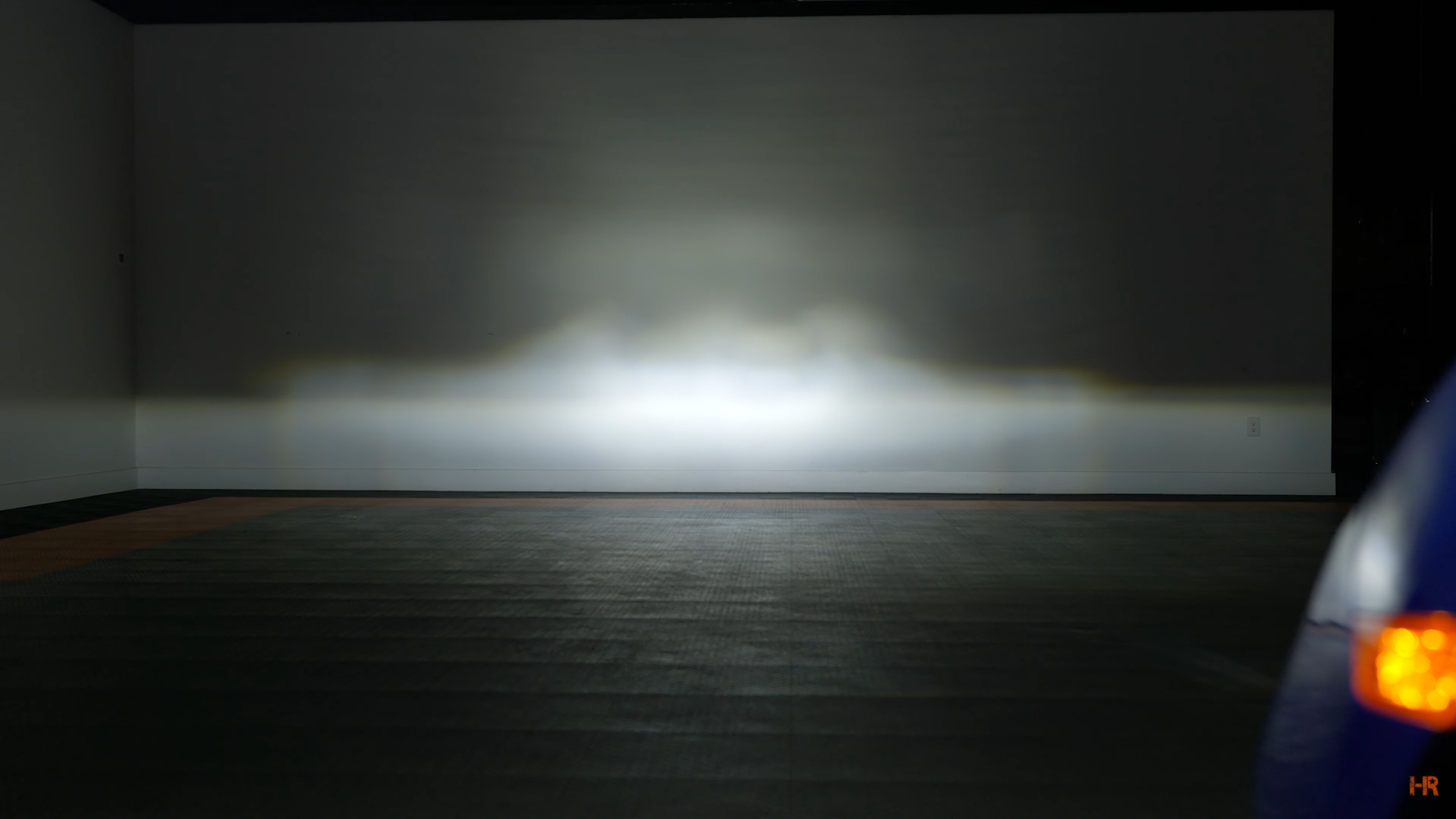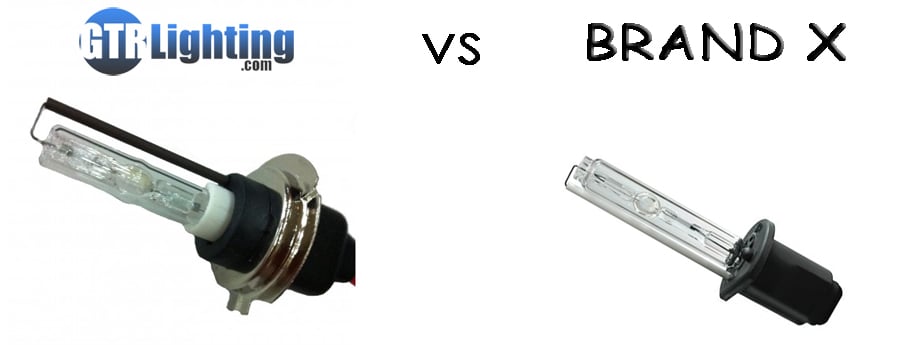Driving at night can be a whole different ball game, right? You're cruising along, listening to your favorite tunes, and suddenly, you're squinting to see the road ahead. That's why we're here to help you stay safe on the road after dark.
In this ultimate guide, we'll talk about the coolest types of automotive lighting. We'll also share some tips for safe night driving that make you feel like a pro behind the wheel. Alright, let's dive in and get this party started!
Picking the Perfect Automotive Lighting for Your Ride
You know how important it is to see and be seen on the road. This is life-saving, especially at night. Let's check out the three main types of automotive lighting and find out which one suits your style and budget.
Halogen Lights
These are the OG car lights. They're pretty common, affordable, and easy to find. However, they don't shine as bright as the other options. They also don't last as long either. If you're on a tight budget, halogen lights might be your go-to choice.
HIG Lights
HID (high-intensity discharge) lights are a step up from halogen lights. They're brighter, last longer, and give your ride a more modern look. But they can be a bit more expensive. They are also a tad harder to install. Plus, you'll need a special ballast to make them work.
LED Lights
Now, let's talk about the newest and most advanced option: LED (light-emitting diode) lights. These bad boys are super bright, last even longer, and use less energy. They're the top choice for those who want the best of the best headlights. With that in mind, be prepared to pay a bit more for these premium lights.

Night Driving Safety Tips: Your Frequently Asked Questions Answered
So, you've got your lighting sorted out. How can you stay safe while driving at night? Let's find out. We've gathered your top questions about safe night driving and provided some handy tips and advice.
How Can I Improve My Visibility While Driving At Night?
- Keep your windshield and windows clean, both inside and out. This helps reduce glare and increase visibility.
- Make sure to practice headlight maintenance. Keeping headlights cleaned and properly aimed provide maximum illumination.
- Use your high beams when it's safe to do so. Remember to switch back to low beams when you see oncoming traffic or when driving behind another vehicle.
What Should I Do To Avoid Glare From Oncoming Headlights?
- Look slightly to the right of the road and use the white line or road edge. This road safety tip serves as a guide to maintaining your position in the lane.
- Adjust your rearview mirror to the night setting to reduce glare from vehicles behind you.
- Consider using anti-glare night driving glasses, but ensure they are high-quality and won't distort your vision.
How Can I Stay More Alert While Driving At Night?
- Get a good night's sleep before your drive, and avoid driving during your body's natural "sleepy" times. This is usually between midnight and 6 a.m.
- Take regular breaks, at least every two hours, to stretch and walk around.
- Keep your vehicle's interior cool and well-ventilated to avoid feeling drowsy.

What Precautions Should I Take When Driving On Poorly Lit Roads?
- Reduce your speed to give yourself more time to react to obstacles and changes in the road ahead.
- Use your high beams whenever it's safe to do so for better visibility.
- Be extra cautious when navigating curves and hills, as visibility may be limited.
How Can I Make My Vehicle More Visible To Other Drivers At Night?
- Make sure all of your exterior lights. This includes headlights, taillights, and turn signals. Ensure they’re functioning properly and are clean.
- Use your turn signals well in advance to signal your intentions to other drivers.
- If you need to pull over, turn on your hazard lights. Next, try to park in a well-lit area.
What Should I Watch Out For When Driving At Night?
- Be on the lookout for pedestrians, cyclists, and animals. They may be difficult to see in the dark.
- Watch for the reflection of your headlights in the eyes of animals, which can give you a warning before they enter the roadway.
- Be extra cautious in areas with limited visibility, such as curves, hills, and intersections.
Following these night driving tips and being aware of potential hazards can reduce your risk of accidents. You can also enjoy a safer driving experience after dark with these suggestions. Plus, with the right automotive lighting, you'll see better and make your ride look cooler.

How to Properly Aim Your Headlights: A Step-by-Step Guide
Proper headlight alignment is crucial for night driving safety, as it ensures optimal visibility on the road without blinding oncoming drivers. This section will walk you through properly aligning your headlights for a safer and more enjoyable driving experience.
- Park your vehicle: Position your vehicle about three feet away from a wall. This helps ensure space between the front bumper and the wall.
- Simulate driving conditions: Have the primary driver sit in the driver's seat and add any typical cargo or equipment if it affects the vehicle's weight.
- Check vehicle conditions: Ensure you have around half a tank of gas, and your tires are properly inflated.
- Mark the center: Identify your vehicle's center on the wall and place a vertical piece of painter's tape or similar marker there.
- Mark the headlights: Identify the center of each headlight and place a vertical piece of tape on the wall for each.
- Measure headlight height: Using a tape measure, find the distance from the ground to the center of your headlight. After that, mark that height on the tape for each headlight.
- Mark a two-inch drop: Measure two inches down from the center height marks and place a mark there for both headlights.
- Add horizontal tape: Place a horizontal piece of tape between the two marks to create a cross-section for aiming.
- Position your vehicle: Move your vehicle back to a distance of 25 feet from the wall (or the manufacturer's recommended distance).
- Align the headlights: Use a screwdriver or appropriate tool to adjust the headlights up and down. This helps align them with the marks on the wall.
Note: Check your owner's manual for specific instructions on adjusting the headlights, as some vehicles may have different requirements.
Upgrade Your Ride Today: Discover Top-Quality Automotive Lighting at The Retrofit Source!
Now that you're armed with all this awesome knowledge, why not upgrade your vehicle's lighting? Head on over to The Retrofit Source and check out our top-quality car lighting options.
Whether you're looking for halogen, HID, or LED lights, we've got you covered. And remember, a well-lit ride is safe, so don't wait! Shop now for a headlight upgrade and make the road safer for everyone.








.png?width=300&height=87&name=logo%20(1).png)